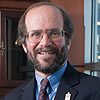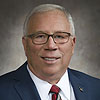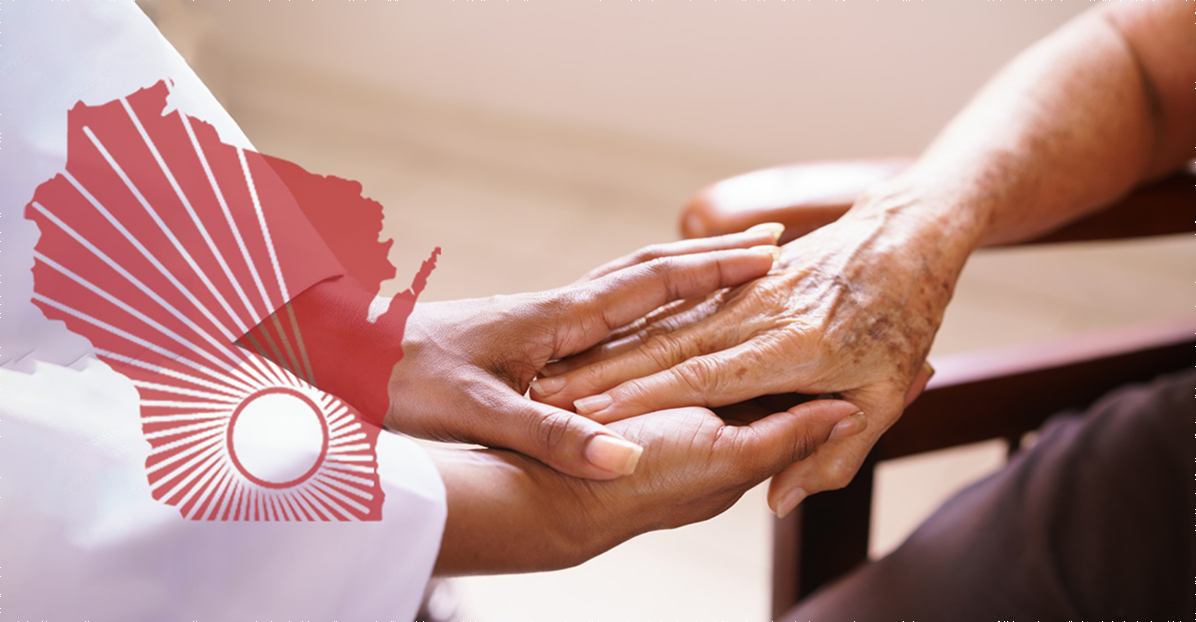

We are close collaborators who became good friends while serving the Wisconsin Idea and our state.
We are proud to have recently created a truly integrated academic health system, UW Health. As, respectively, dean of the School of Medicine and Public Health and a state senator on the UW Health Authority Board, we navigated a lengthy process of integrating our hospitals and clinics with our physicians’ group. UW Health is now a more seamless organization caring for patients across the full continuum of community-based primary care to highly technical, state-of-the-art specialized services.
We have been committed to innovative thinking for awhile. More than a decade ago, we pursued another innovative integration that is paying dividends for patients across Wisconsin and beyond. We wanted to integrate the principles of public health, with its emphasis on disease prevention and health promotion, into the traditions of medicine. To achieve this radical vision, we transformed the state’s public medical school into the UW School of Medicine and Public Health – a school that fully intertwines medicine and public health in training the next generation of clinicians and scientists and in its research programs.
This innovation for the public good is the essence of the Wisconsin Idea: taking the resources of this great university and extending them to serve the people of the state and beyond. Our state’s investment in our universities makes extending and building on this public good possible, and we both endorse that.
We arrived at our partnership from different paths. Dean Golden pursued a career in academic medicine, eager to be part of a public organization that looked outward, making a difference in the lives of as many people as possible through clinical care, research and education. Senator Olsen and his brothers were the third generation of a farming family that ran an agriculture supply business and experienced firsthand the discoveries coming out of the university system, which shared practical information on pesticides or crop yields that helped farmers make their decisions.
The Wisconsin Idea is equally meaningful to each of us. When it comes to health, it means going beyond the student or patient in front of you and developing outreach programs and new innovative discoveries that will affect all of our communities and populations, as well as individual patients and their families. As we train the next generation of physicians and health professionals, we want to expand and diversify the pipeline of prehealth students and support practicing clinicians in every community in our state.
Our state is a tale of two cities. If you live in Madison, you can’t walk down the street without running into a doctor, nurse or other health care professional. But if you’re living in rural Wisconsin or in the zip codes in Milwaukee that suffer from terrible health disparities, it’s very difficult to get access to medical care, let alone the health promoting activities and environment that may decrease your need to see a doctor. The UW School of Medicine and Public Health applies the Wisconsin Idea to our educational mission, reaching across the state into rural and urban areas that need more physicians.
We expanded in strategic, targeted ways, first by creating the Wisconsin Academy for Rural Medicine (WARM). We now have 26 students who come to us each year, selected for their interest in rural health care. The vast majority of our WARM graduates pursue careers in rural Wisconsin where more physicians are clearly needed.
We also created an urban counterpart, Training in Urban Medicine and Public Health (TRIUMPH), in partnership with Aurora Sinai, a component of Aurora Health that serves disadvantaged communities in Milwaukee. Our TRIUMPH students spend most of their clinical training years in urban settings. They complete long-term community service learning projects that advance health through innovative approaches ranging from nutrition programs for preschoolers to interventions that allow geriatric patients to continue to live in their homes.
TRIUMPH and WARM students will become the doctors who care for children, families and the elderly across our state of Wisconsin in underserved rural and urban communities.
Like all of our graduates, their clinical practice will be shaped by a deep understanding of the principles of public health. They will address the social, behavioral and environmental determinants of health, along with traditional medical approaches.
Research is also one of our foundational missions. In 2006, we created a new approach to innovation in research and entrepreneurship that brings together researchers from different disciplines and perspectives. The Institute for Clinical and Translational Research (ICTR) is a partnership that includes scientists from the UW schools and colleges of engineering, medicine and public health, nursing, pharmacy and veterinary medicine, as well as the Marshfield Clinic. Together, they cover the entire spectrum of laboratory sciences, clinical research and public health discovery. Their goal is to move discoveries in the laboratory into the clinic and then the community as quickly as possible. At the same time, the perspectives and needs of patients and caregivers in communities across the state are directed back to help shape the research agenda.
Take breast cancer, for example. Faculty in the College of Engineering develop nanotechnology approaches to deliver chemotherapy more precisely to the cancer cells. Physician-researchers explore specific dietary changes that might increase the effectiveness of medication while decreasing side effects. Translational researchers find the best ways to integrate these treatment innovations into community clinics. Population health experts design the most cost-effective ways to make all of this available for everyone, regardless of where they live.
Another innovative feature of our approach to discovery can be seen in our new research facilities. The Wisconsin Institutes for Medical Research (WIMR) brings together basic biomedical scientists, clinical investigators and public health researchers from different departments and schools. The buildings are designed to advance what we call “science without walls.” WIMR provides open access, with benches of scientists and no physical barriers, so these diverse researchers can share ideas in a way that will accelerate discovery, create new approaches to diagnosis and treatment, and create entrepreneurial spinoffs.
Does a culture of innovation like ours face hurdles? Of course. There will always be skeptics who are uncomfortable with the team approach and favor the old individual way of operating. But the future, we believe, lies in breaking down barriers. The people of Wisconsin expect us to make the best use of resources and create linkages among researchers, physicians and patients that will accelerate the progress of research, advance patient care, and promote the health of our communities.
We constantly ask ourselves: “How can we make people’s lives better?” That is the true challenge of the Wisconsin Idea. We fully embrace the challenge.
Dr. Robert N. Golden is the Dean of the School of Medicine and Public Health and Vice Chancellor for Medical Affairs at the University of Wisconsin-Madison, and also serves as Vice Chair of the UW Health Authority Board. Luther Olsen is a Republican Wisconsin State Senator serving the people of Senate District 14 (Ripon) and he serves on the UW Health Authority Board. This commentary is part of a series of articles organized by the Wisconsin Alumni Research Foundation (WARF). For over 90 years WARF has promoted a cycle of innovation through advancement of University research discoveries to the market and reinvestment in research at UW-Madison. Comments on this piece are encouraged at [email protected]. See warf.org or WARF’s Cycle of Innovation for more details on WARF.
- See all articles in the Innovation and the Wisconsin Idea series.
- Send comments to: [email protected]
- Sign up to be alerted when a new article in this series is posted.
- See warf.org or WARF’s Cycle of Innovation for more details on WARF.
